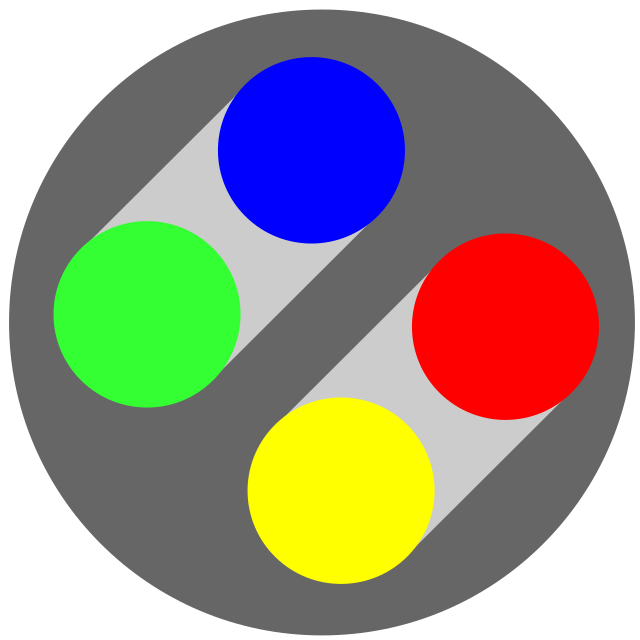There are many reasons to dislike Nvidia on Linux. Here is a little thing that bugs me all the time, the updates. Normally the system updates would be quick and fast, but with the proprietary drivers of Nvidia involved, it gets quiet slow process. And I am not even talking about any other problem I encounter, just about the updates.
As an Archlinux based system user (EndeavourOS to be precise), I get new Kernel updates all the time. That means every time a new Kernel version is installed, the Nvidia driver DKMS has to be installed too. And that is basically the slowest part. But that’s not too bad, even though it’s doing this twice for each Kernel I have once.
What’s more infuriating is, if you also happen to use Flatpaks for a very few applications. I really don’t have many Flatpaks at all. Yet, the Nvidia drivers are installed in 7 versions or what?! And they are full downloads, each 340 MB or more. This takes ages and is the only part that takes long to update Flatpak system. I always do flatpak remove --unused to make sure nothing useless is present. /RANT (EDIT: Just typos corrected.)


@uis I didn’t blame anyone particularly. I am just upset about the current situation as a Nvidia user. And it’s a warning to anyone who thinks about getting a Nvidia card on Linux.
Not sure why Mesa. It does not have the proprietary driver in it, does it?
It does not, that’s why I am suggesting it.
@uis Performance is the problem. I play games and there is no alternative to proprietary drivers.
What card you are using?
@uis GTX 1070. The new open source driver from Nvidia does not support the 10x series, if your question should lead to that. But does not matter, because yesterday all PC parts of my new build has arrived and I will set it up this weekend. AMD+AMD now. Finally done with these Nvidia frustration.
https://nouveau.freedesktop.org/FeatureMatrix.html says 1070 works fine, but without reclocking(on minimal speed). All thanks to nvidia DRM. And here DRM is not Direct Rendering Manager.
Congrats!
@uis I know about nouveau which is community developed. This is what I meant with the performance. It’s not near on the same level as the proprietary. For gaming, this is not an option. But I thank you for the suggestions you made.
The best benchmarks I found is for the 20xx series, but look at the results to understand how big the difference is: https://www.phoronix.com/review/opensource-turing-3d/2
Dota 2:
That’s the level of difference we speak about.